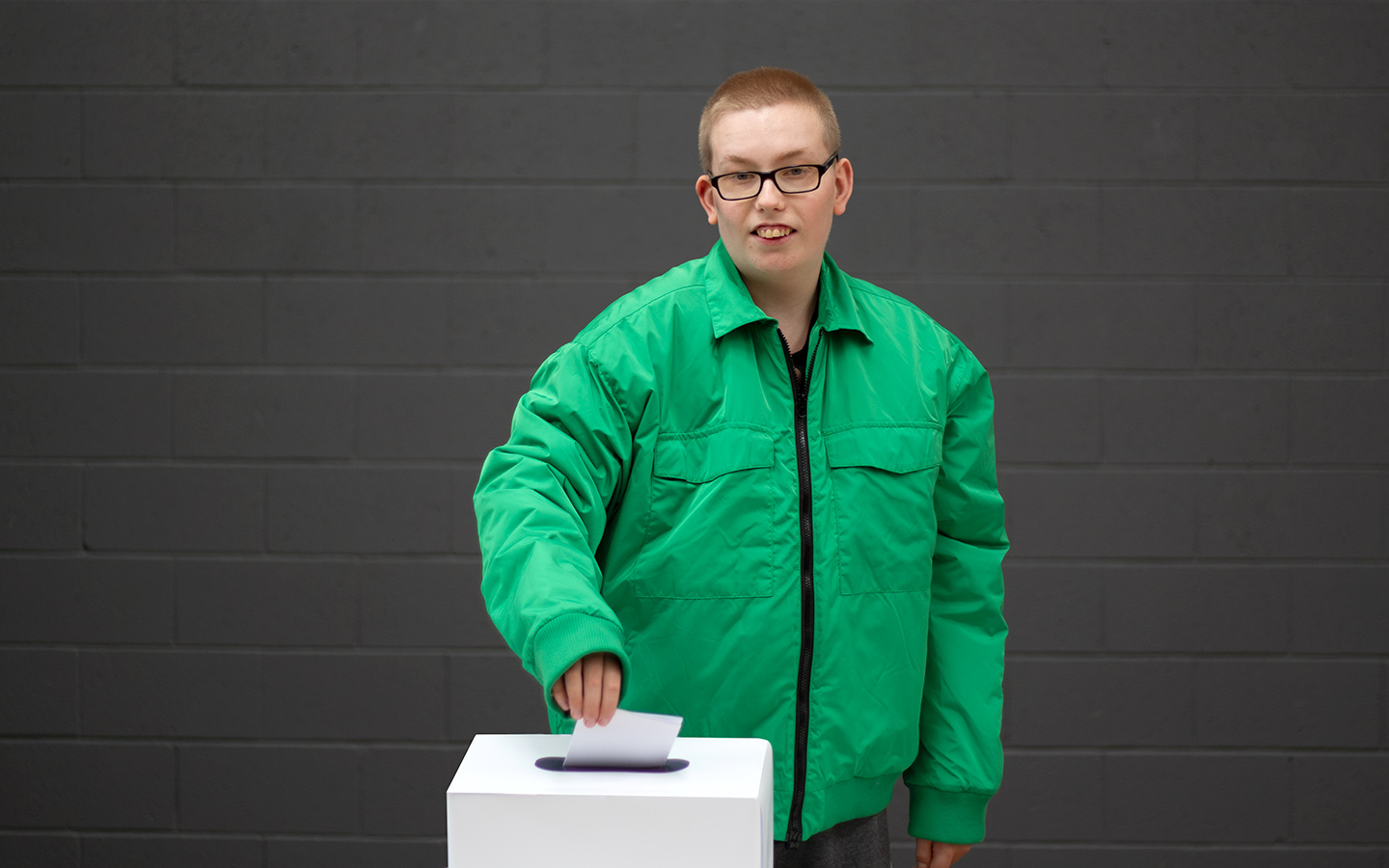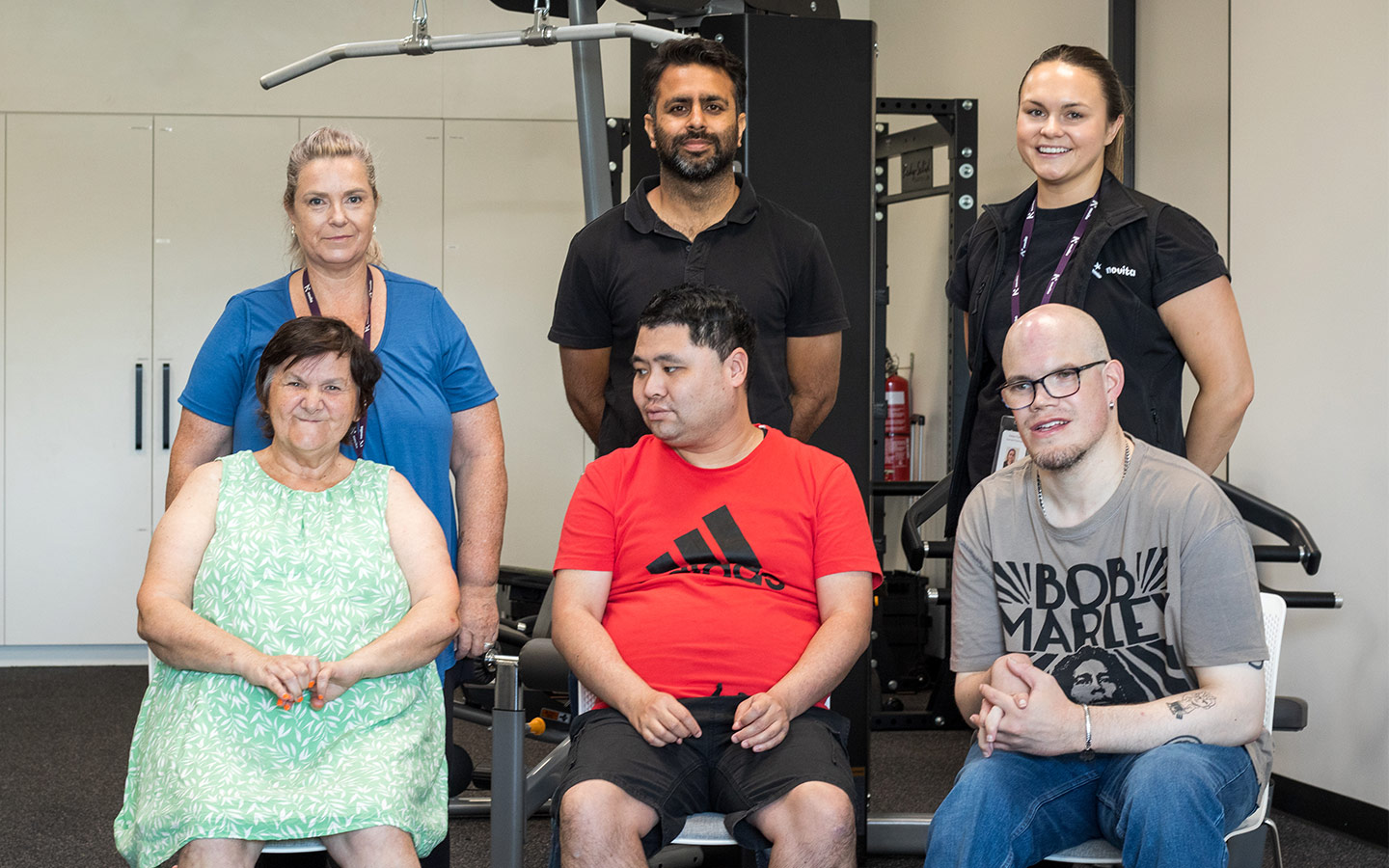Helpful Information
The language of autism, and why it is changing
access_time15min read

A significant shift is underway in the language we use to describe and define disability, particularly autism.
For some time, we have used language such as ‘living with disability’ or more specifically ‘living with autism’. However, as increasing numbers of autistic people find their voice, the disability sector – and even the corporate world – has started to listen.
Penny Miller – Novita’s Service Stream Leader, Neurodevelopmental – has recognised the significant cultural and language shift that is underway, and says autistic people are making a statement.
“They’re saying ‘my autism is part of who I am; it guides my thoughts and feelings, my decisions, what I can and can’t do every day, and I really want it to be recognised as part of who I am’,” says Penny.
“I recently spoke with an autistic person about the language shift, and she was genuinely excited about the conversations that we’re now having.”
I don’t carry my autism around in a bag next to me – it’s part of who I am.
Penny says autism is very individual, and there is no ‘one size fits all’ approach to how someone with autism thinks or feels, or how they respond to things each day.
“Everyone is an individual, and how someone wants to talk about their own autism is up to them, and we need to respect that. There are a range of different terms to describe autism, ranging from neurodivergent to being on the spectrum. All are valid ways for individuals to describe their autism,” she says.
“One of the most important developments of the movement towards changing the language of autism has been the respectful response from not only the disability sector, but also some big corporate organisations.
“Companies such as Westpac and Virgin Airlines are embracing neurodivergent persons in the workplace and are celebrating their neurodivergent workers. So, we are seeing a mainstream embracing of neurodivergent persons throughout the whole community, which is exciting.”
The movement towards changing language
Penny believes the desire for change has been building for some time – and other disability communities are watching what is happening in the autistic community with keen interest.
“There is a move away from a medical model of disability, where autism is referred to as a ‘disorder’ and that it is something that needs to be ‘fixed’,” says Penny.
“We have also become much better at identifying autism in adults, and therefore more adults are recognising their own autism even though they may not have been diagnosed as a child. They are reflecting on their own life experiences and are now advocating for those in the autistic community.
“I think we are also seeing cultural change to embrace diversity more generally. We are embracing the LGBTQIA community, we have become more sensitive and respectful to cultural diversity and gender.
We are more understanding that everyone is different, and that is worth celebrating.
“Consequently, I’m not seeing much of the phrase ‘living with’ anymore. Disability organisations are acknowledging the language movement, are listening to the voices, and changing the way we respond to – and talk with – our clients.
A passionate advocate
“I say I’m autistic,” says Novita occupational therapist Lauren Turnbull.
Lauren is a passionate advocate for autistic people – although she says she’s much better at advocating for other people than herself.
“Some people will say ‘I’m a person with autism’ or ‘I’m on the spectrum’. Personally, I do not like ASD as a title for myself – I don’t like using autism spectrum disorder because the word ‘disorder’ is not okay,” says Lauren.
I do not see myself as having a disorder.
“A big problem with using ‘on the spectrum’ is that people think of it as a gradient – they think it means some people are slightly autistic, some are moderately autistic, some are highly autistic, and some are even profoundly autistic. That is not a spectrum, it’s a gradient.”
Lauren says autistic people are finding their voices, which is driving the movement to change the language of autism.
“I think we are finally in a situation where our voices are being heard, and we’re finding groups of autistic people online and we are supporting each other and saying ‘this isn’t okay – our opinion matters too’.”
Positive steps
Lauren says while change always takes time, she is excited about where this conversation might go.
I think there is a whole paradigm shift, and I really want to be part of the advocacy and development of this movement.
“I am just beginning my career as an occupational therapist, so it is hard to straddle the fence, but I am very driven towards being neuro-affirmative. We have been able to connect online which has helped to give us a voice, and we have been able to meet each other and develop our passions, and we are all now bubbling up.
Have your say
Penny says autistic people have a unique opportunity to talk to their families, friends, and therapists – especially if the way people refer to their autism does not sit comfortably with them.
“I would encourage people who have a diagnosis of autism to really think about the terms, words and phrases that you feel comfortable with,” she says.
“You may not want to refer to your autism at all – you may just want to be Jenny or John, not ‘Jenny with autism’ or ‘John on the spectrum’. Perhaps you want to be clear that you are Jenny and you’re autistic, and that is how you want people to talk about it.
“It’s a really individual decision, and I think as a community we have a responsibility to embrace and own individual responses.”
We use identity-first language rather than person-first language, as this reflects the vast majority of the feedback received from the adult autistic community, and we respect people’s right to self-identify.


